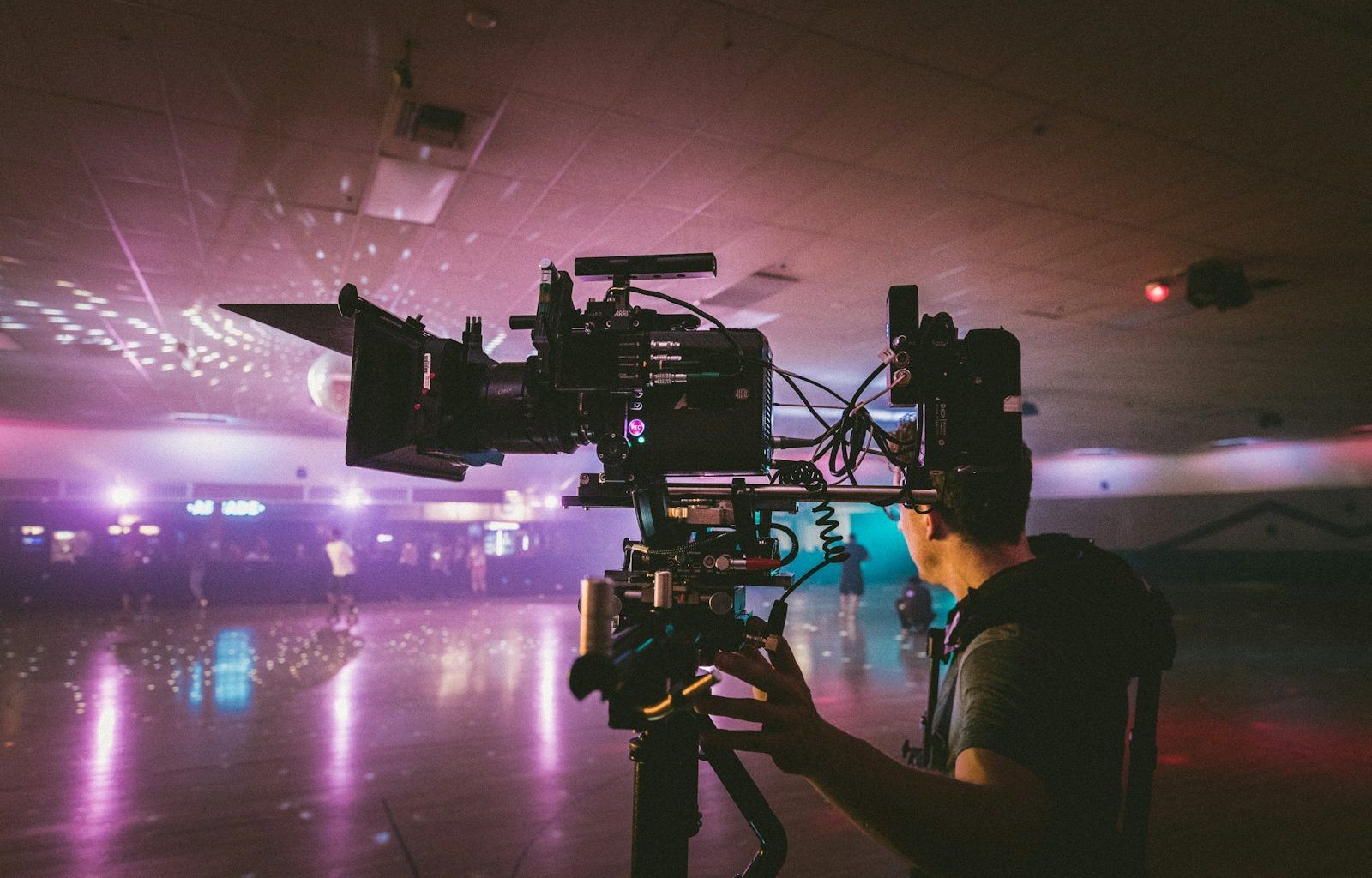Why Pair Your Music with Videos?
Have you ever wanted to showcase your own music in a video? Combining visuals with your custom soundtrack is a great way to make your work stand out. Whether you’re a musician, content creator, or someone who loves storytelling, adding your music to videos can take your projects to the next level. The best part? You don’t need to be a tech wizard to do this!
In this guide, we’ll explain how to make a video with your own music from start to finish. It’s easier than you might think, and with the right steps, you’ll be creating amazing content in no time.
Step 1: Plan Your Video
Every successful video starts with a solid plan. Before jumping into editing software, think about the purpose of your video. Ask yourself:
- What story do I want to tell?
- Who is my audience?
- How does my music fit into this video?
For example, if your music is upbeat, consider visuals that match the energy, like fast-paced clips or colorful graphics. If it’s a soothing melody, slower footage might be a better fit.
💡 Tip: Create a storyboard. Sketch out what you envision for each part of the video. This step will save you time and keep you organized.
Step 2: Gather Your Materials
Now that you have a plan, it’s time to collect the ingredients for your video. You’ll need:
- Your Music: This is the star of the show! Make sure your track is polished and ready. Use high-quality audio formats like WAV or MP3 for the best results.
- Footage or Images: This could be clips you’ve recorded, stock videos, or even photos. Choose visuals that complement your music.
- Video Editing Software: There are plenty of beginner-friendly tools like iMovie (Mac), Windows Movie Maker, or apps like CapCut. For advanced users, software like Adobe Premiere Pro or DaVinci Resolve works wonders.
Step 3: Sync Your Music to the Video
Here comes the fun part—putting everything together! Start by importing your music and visuals into the video editing software. Drag and drop your files onto the timeline.
- Align Music and Clips: Match your visuals with the beats of your music. For instance, if there’s a dramatic drop in your song, add a transition or switch to a new scene at that moment.
- Trim and Adjust: Cut any unnecessary parts of your footage to keep the video engaging.
💡 Tip: Use markers to align key moments in your music with specific visuals. This adds a professional touch to your video.
Step 4: Add Effects and Transitions
To make your video more dynamic, add transitions, filters, and effects. These don’t have to be over-the-top; even subtle enhancements can make a big difference.
- Transitions: Fade-in, fade-out, and cross-dissolves are great for creating smooth scene changes.
- Text: Include lyrics, titles, or credits to personalize your video.
- Color Grading: Adjust the colors of your footage to match the mood of your music.
Step 5: Review and Export
Before sharing your masterpiece with the world, review it thoroughly. Watch your video multiple times and fix any mistakes. Pay close attention to:
- Audio levels (Ensure your music isn’t too loud or too soft).
- Timing (Do visuals sync perfectly with the music?).
- Overall flow (Does the video keep the audience engaged?).
When everything looks perfect, export your video in a high-resolution format. Common formats include MP4 or MOV, as they’re compatible with most platforms.
Your video is ready—now it’s time to share it! Upload it to platforms like YouTube, Instagram, TikTok, or even your own website. Don’t forget to use keywords and hashtags to help others discover your work.
💡 Pro Tip: Create a teaser or short clip for social media to generate excitement about your full video.
Tools and Resources to Help You
Here’s a quick list of tools to make the process smoother:
- Editing Software: iMovie, CapCut, Adobe Premiere Pro
- Music Tools: Audacity, GarageBand (for polishing your audio)
- Stock Footage: Pexels, Unsplash, Storyblocks
- Tutorials: YouTube channels like Film Riot and Peter McKinnon
Why Your Own Music Matters
Using your own music in videos not only showcases your talent but also adds a personal touch to your content. It sets you apart from creators who rely on generic, royalty-free tracks. Plus, it allows you to control the mood and emotion of your video entirely.
Conclusion
Learning how to make a video with your own music is an exciting journey. It’s a skill that lets you combine your love for music and visuals into something truly unique. Remember to start small, practice regularly, and most importantly, have fun with the process.
So, what are you waiting for? Grab your music, plan your visuals, and dive into creating your first masterpiece. The world is waiting to see and hear your creativity!
For further reading, explore these related articles:
- Taylor Swift’s “Lover” Lyrics: A Sweet Journey of Love
- The Best Trance Songs to Make Your Heart Race and Mind Relax
For additional resources on music marketing and distribution, visit Deliver My Tune.






